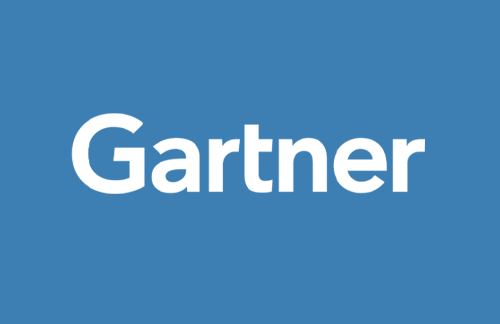The Network Traffic Analytics that Enterprises Need

Summary
The most commonly used network monitoring tools in enterprises were created specifically to handle only the most basic faults with traditional network devices. CTO Jonah Kowall explains why these tools don’t scale to meet today’s network visibility needs, why more enterprises are moving from faults & packets to flow, and how Kentik can help.
The most commonly used network monitoring tools in enterprises (e.g., solutions such as SolarWinds, ManageEngine, Paessler) were created specifically to handle the basic ups/downs, or faults, with traditional network devices. While many of these tools have expanded to support other technologies, they fundamentally cannot handle high-scale data collection, nor are they architected for the new network. While these tools can be cost-effective and work great for basic needs, today’s enterprise networks are far from basic… and far from traditional.
As just one example, many organizations are now running SD-WAN technologies which require the monitoring and management of new solutions. While these SD-WAN products come with tooling, their visibility and management capabilities are lacking.
Cloud Adoption and Network Visibility Gaps
A more significant network visibility challenge comes in the form of cloud adoption, inclusive of SaaS, IaaS, and PaaS. These cloud technologies also are not handled by the legacy network monitoring tools as those legacy tools typically do not monitor traffic—or if they do, they cannot scale to today’s new data volumes, nor are they path-aware. And none of them understand application topology, especially when running in cloud-native environments.
As enterprises adapt and change their data centers—augmenting them with public and private cloud services—more of the resources are becoming shared among many teams within the enterprise. As part of this trend, being able to quickly identify and remediate network issues, usage spikes, and network threats is essential to delivering high-quality services. Managing network capacity and ordering circuit and connection upgrades in advance are also essential to keep the business running efficiently.
The network is a critical component when operating a hybrid data center built upon various cloud services. For this reason, enterprises are moving from a focused approach of monitoring network faults and packets to one of monitoring network traffic via flow and other cloud-native data sources.
A further challenge is that with cloud services, the legacy technologies to aggregate, analyze, and store packets are no longer feasible without extremely high cost and complexity. The analysis of traffic data via flow technologies (including VPC Flow Logs from cloud providers such as Amazon, Microsoft, Google, and other agent-based approaches such as kProbe or nProbe to generate flow from hosts) are becoming the right solutions to address the visibility gaps.
How the “Cloud Natives” Solve this Issue
Traffic analytics based on flow sources (whether more traditional sources like NetFlow and sFlow, or virtual private cloud flow logs) have been in heavy use by first movers, particularly those who build and deliver SaaS services—and they’ve been leveraging Kentik.
We’re talking about the types of companies that deliver the high-performance, always-available SaaS services that enterprises depend on today (many of whom, like Kentik, are members of the Cloud Native Computing Foundation).
Their networks encompass both north-south traffic, as data moves from their systems to the internet and into their users’ hands, but also east-west traffic, as data traverses their geographically-distributed physical and logical data centers. Many SaaS companies are deploying and seeing the network within orchestrated applications running on Kubernetes or Kubernetes-based cloud services because, as SaaS providers, their applications are extremely dynamic.
Why More Enterprises are “Going with the Flow”
As their existing tooling doesn’t provide the required visibility, it’s now becoming a more common for enterprises to run into issues with traffic delivery as they move and optimize applications and workloads. Enterprises also find lacking capabilities to measure and analyze capacity, usage, or internet topology (routing) required to deliver their services.
With Kentik we can proactively identify these issues and impending problems for enterprises, SaaS providers and service providers alike. We’re also able to provide data to measure usage by location, services, or even individual teams and users with our advanced data collection and analytics platform.
Kentik delivers modern network analytics at the scale required by the services today’s enterprises run on. And as enterprise networks become more and more like the networks those SaaS vendors have built, enterprises are seeking this same type of visibility.
For Kentik, the challenge is not just collecting vast amounts of network data, but also enriching it at scale. You can learn more about how Kentik is making advances in monitoring not just flow data, but enriching it with any data element in any format.
But this is just the beginning. Stay tuned for the next chapter of Kentik. Coming soon…
Related Reading:



